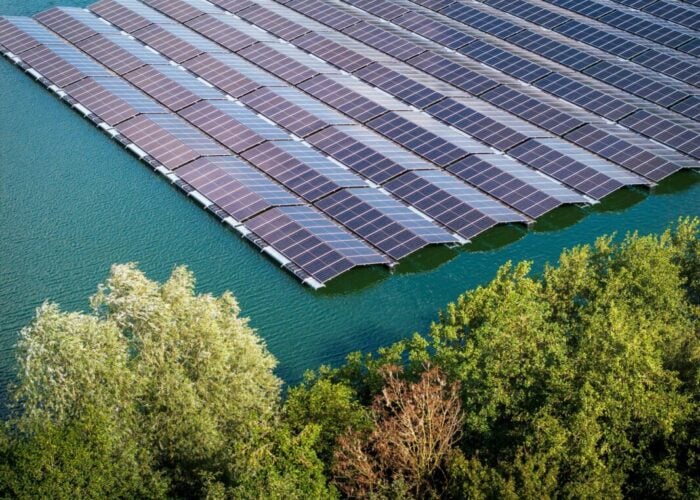Independent designer and manufacturer of strain-balanced quantum-well solar cells, QuantaSol Ltd., a spinout from Imperial College, London, has announced what it believes to be the most efficient single junction cell ever manufactured, achieving efficiency levels of 28.3%.
The cell was developed in just two years at its Kingston upon Thames development laboratory in London. This efficiency level of 28.3%, at 500 suns, was recorded at lab level and has been independently tested and certified by Fraunhofer ISE.
Try Premium for just $1
- Full premium access for the first month at only $1
- Converts to an annual rate after 30 days unless cancelled
- Cancel anytime during the trial period
Premium Benefits
- Expert industry analysis and interviews
- Digital access to PV Tech Power journal
- Exclusive event discounts
Or get the full Premium subscription right away
Or continue reading this article for free
QuantaSol is a fabless semiconductor company, which means it specializes in the design and sale of the cells. By working at the bottom of the chain QuantaSol achieves an advantage by outsourcing the fabrication of the devices to a specialized foundry.
QuantaSol therefore concentrates its research and development resources on the end market, relying on pure-play foundries to manufacture the cells on its behalf.
In order to achieve these high levels of efficiency, QuantaSol uses a strain balancing process which is a technique employed to allow the epitaxial crystal growth of nanostructures from materials that have a slightly different ‘lattice constant’ – or regular spacing distance between atoms in the lattice – from each other.
Dr. Tim Tibbits explains that in order to achieve perfect crystal quality, without so-called defects, all the atoms in the crystal must be arranged perfectly next to one another in the right place – if this does not occur then the electrical properties of the crystal or solar cell made from it deteriorates.
QuantaSol is able to use the technique of strain balancing to achieve perfect crystals of alternating layers of family III-V semiconductor materials, Indium Gallium-Arsenide (InGaAs) and Gallium-Arsenide-Phosphide (GaAsP), even though the two materials, if grown independently, would have different lattice constants to the substrate material, Gallium-Arsenide (GaAs). It is the ability to manufacture this nanomaterial that enhances the absorption and hence efficiency of QuantaSol’s solar cells.
QuantaSol’s CEO, Kevin Arthur told Photovoltaics International that this single junction cell is, “The first step on our product development roadmap towards a multi-junction device, we aren’t planning to offer the single junction for sale unless there is a significant customer interest. However we think that some of the new system ideas that we are seeing would be ideal platforms to utilize the high performance of our single junction but confidentiality agreements preclude any further discussion.”
When asked more about the cost-effectiveness of doing this Kevin said, “We are not yet ready to disclose costs or prices, but our approach is to deploy very much the same production methodologies that are used by manufacturers of LEDs and mobile phone power amplifiers. CPV is a very high volume opportunity and demands an approach that can support Gigawatts of production per year.”
QuantaSol has recently completed a £2m second funding round which Kevin said will be put towards increasing the size of the team, which is currently made up of 13 people, and to help fund the research and development of a multi-junction cell which QuantaSol hopes will have the highest efficiency ever recorded.






